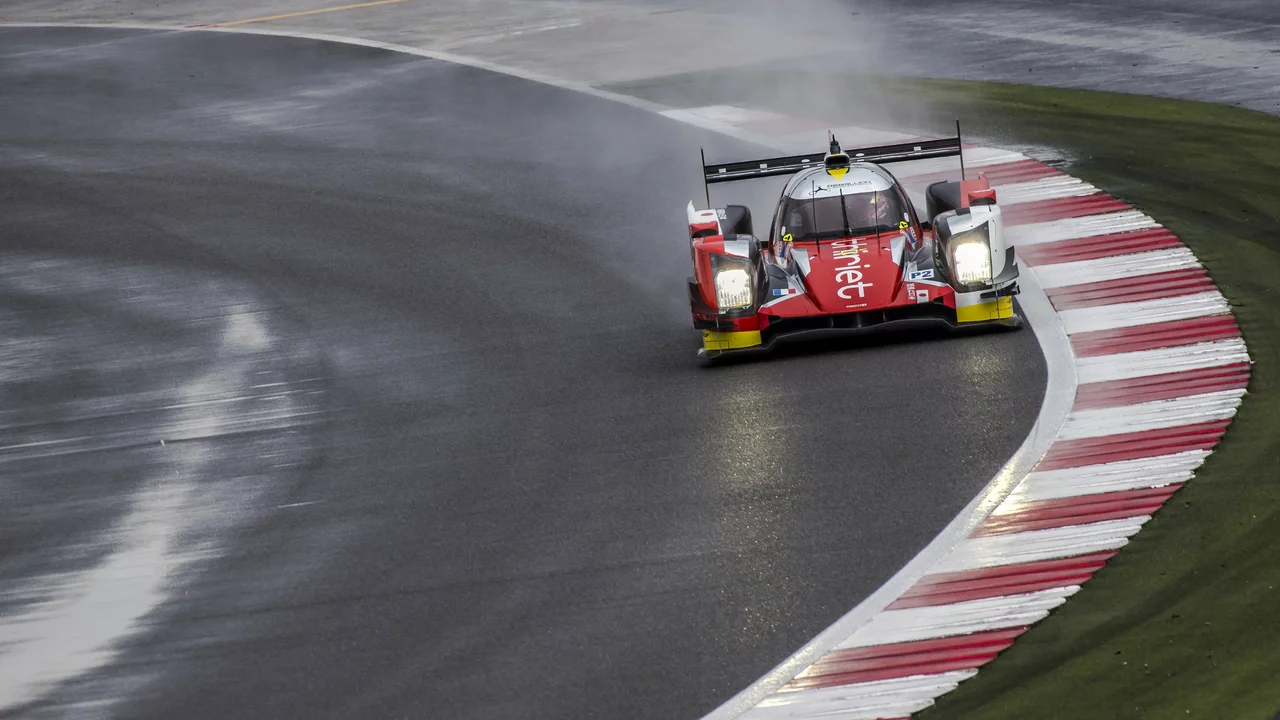Race Track Strategy: Practical Tips to Up Your Game
If you’ve ever wondered why the same driver can dominate a circuit while others struggle, the answer often lies in the strategy on the track. It’s not just about raw speed; it’s about where you place the car, when you change tires, and how you attack corners. Below are real‑world tactics you can start using today, whether you’re racing in an IndyCar, a local club event, or just practicing on a karting track.
Master the Racing Line and Corner Entry
Everyone talks about the “racing line,” but many drivers miss the subtle shift that separates a good lap from a great one. Start by hitting the apex later in the corner. This lets you carry more speed into the exit, which translates into better straight‑line acceleration. Look for the braking point that lets you decelerate smoothly without locking the wheels – a gradual brake pressure gives more control and lets you get back on the throttle faster.
When you’re on a track with multiple racing lines, experiment with the outer line on slower corners. The wider entry can set you up for a tighter exit, which is especially useful when you need to overtake on the next straight. Keep an eye on the track surface; gravel or rubber buildup changes grip, so adjust your line accordingly.
Pit Stop Planning and Tire Management
Timing your pit stop can win or lose a race. A common mistake is to pit too early and lose the advantage of fresh tires later in the stint. Use lap‑time data to spot a point where tire degradation starts to slow you down noticeably – that’s the sweet spot for a stop.
When you’re on a hot circuit, consider a “short‑run” tire strategy: start with softer compounds for early speed, then switch to a harder set for the final laps. This keeps your car light during the opening phase and gives you grip when the competition tires are worn. Don’t forget to coordinate with your crew; a seamless tire change saves seconds that add up over the race.
Fuel load also plays a role. A lighter car accelerates faster, but you need enough fuel to finish the stint. Modern telemetry can calculate the exact amount you need, so you don’t carry unnecessary weight.
Finally, stay flexible. Weather changes, safety car periods, or an unexpected incident can throw your original plan off track. If a safety car appears early, you might gain a free pit stop without losing position. Adjust on the fly and keep communication with your engineer clear and concise.
Putting these ideas into practice takes a bit of trial and error, but the payoff shows up quickly in lap times and race results. The next time you line up on the grid, think beyond the engine roar – think about the line you’ll take, the tires you’ll use, and the exact moment you’ll hit the pits. That’s the essence of smart race track strategy.
